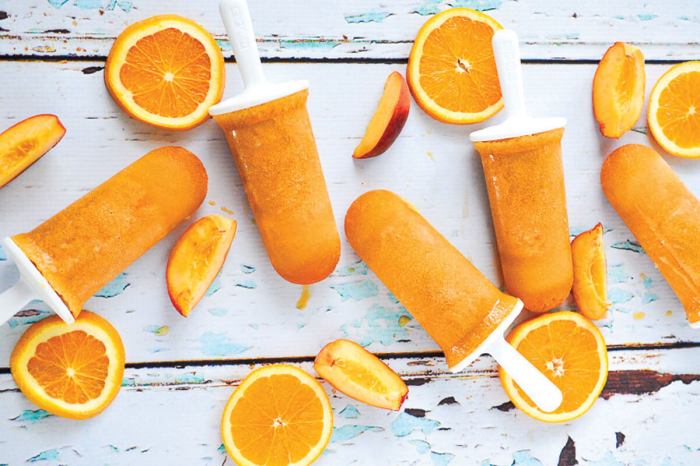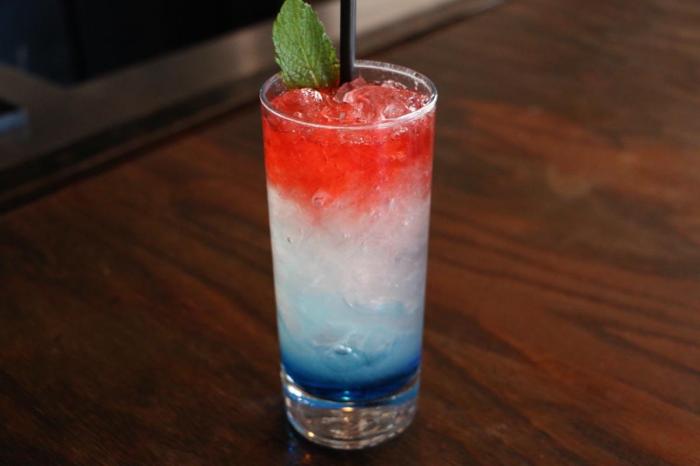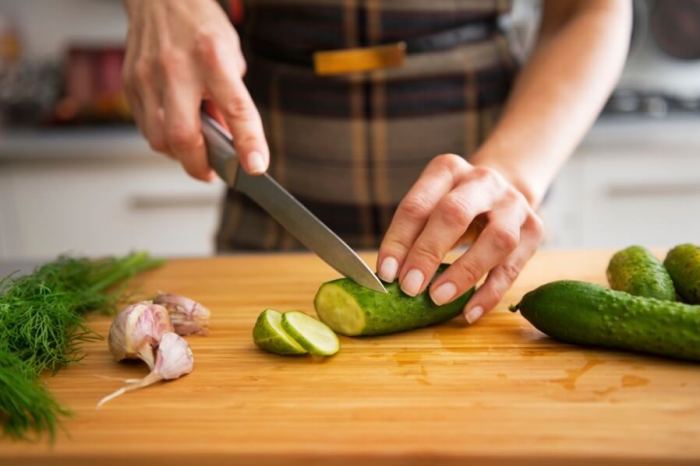Illustrator Robin Ha didn’t want to create just any old cookbook. Once she mastered the skills of the vast world of Korean cuisine, she decided to combine the dynamic visuals of graphic novels with her bevy of unintimidating recipes for a cookbook unlike any you’ve ever seen. We chatted with Robin Ha, author and illustrator of “Cook Korean!: A Comic Book with Recipes” (out earlier this month from Ten Speed Press) to learn the ins and outs of this easy, delicious cuisine. What was more challenging: creating delicious recipes or making engaging illustrations? How can readers incorporate Korean techniques and ingredients into their everyday cooking?
When I was little, I never cooked. My mom was a busy working mom and didn’t have time to teach me. I really just made things out of a microwave and that was it. During my senior year of college, I went to Italy and was really blown away by the food culture there. My Italian host mother taught me how to make a few dishes, and I realized cooking was a lot like art. I’m a cartoonist, and I started to get the same kind of rush from cooking as I did from making art. And I learned that Korean food is just as easy as Italian food — you put everything into a pot and add some sauce!
Definitely writing the recipes. We never measure in Korean cooking. You can ask a thousand Korean mothers and they can’t tell you how much doenjang [soybean paste] is in the soup. Writing recipes that everyone can understand is challenging.
Korean flavors really add a bump to any kind of food. A hamburger is great, but I’m looking for a little something else. Adding some garlic, soy sauce and gochujang [red chili paste] elevates meat dishes in a really simple way. Those flavors just wake you up — once you get used to them, you can’t go back!
Easy Kimchi (Mak Kimchi)
Fermentation time: 1 day
Makes 12 cups
- Cut the cabbages lengthwise into quarters. Then cut the quarters into bite-size pieces.
- Rinse the cabbage in cold running water, then drain. Sprinkle the salt all over the cabbage, then pour the water over it, and mix well.
- Meanwhile, let’s make the seasoning. Cut the green onions on the diagonal. Crush the ginger and garlic together. I like to use the butt of a knife.
- Julienne the radish and carrot.
- All into the bowl … add the chili flakes, fish sauce, saeujeot and sugar. Add the green onions, garlic, ginger, carrot and radish, and mix well. The seasoning is ready!
- Back to the salted napa cabbage. You will notice the volume of the cabbage has reduced by half. Remove the excess salt by rinsing it three times with cold running water. Gently squeeze the water out of the napa cabbage and put it in a big mixing bowl.
- Finally, it’s time to put gloves on! Mix the seasoning with the napa cabbage.
- Pack the mixture into a clean glass jar to within an inch of the top. Close the lid and put the jar in a plastic bag in case the juice overflows during fermentation. Leave the jar at room temperature for a day, after which it will be ready to eat. It can keep for up to a month in the refrigerator.


















